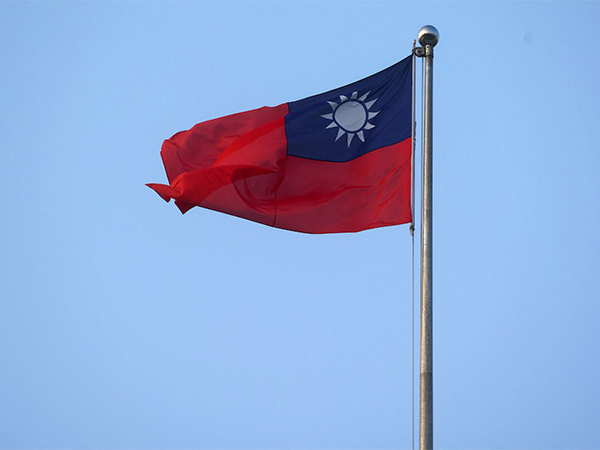Taiwan amid new military pressure
May 14, 2025
Taipei [Taiwan], May 14: The recent India-Pakistan conflict has put Taiwan under greater military pressure in the face of mainland China's weapons power.
Yesterday (May 13), the South China Morning Post reported that Taiwan conducted its first test firing of the M142 High Mobility Artillery Rocket System (HIMARS) on May 12. A total of 33 rockets were launched from 11 HIMARS systems .
From the Ukraine lesson
Taiwan has purchased 29 of the systems from the US to meet its asymmetric warfare strategy in case of an attack from mainland China. With a rocket range of about 70 km and a missile range of about 300 km, and the flexibility of the launchers, HIMARS can help Taiwan counter amphibious attacks or targets across the Taiwan Strait, which is about 180 km away.
In recent times, Taiwan has been continuously promoting its asymmetric warfare strategy by increasing the number of high-speed frigates and many types of unmanned aerial vehicles (UAVs). From the lessons learned on the battlefield in Ukraine , Taipei has continuously added UAVs.
In March, the Taipei Times reported that the Taiwan Defense Forces had just ordered 4 MQ-9Bs and 685 Switchblade 300s from the US. Previously, last year, Taiwan received approval from the US to order 720 Switchblade 300s and 291 Altius 600M-Vs (version of the Altius 600M series). These are UAVs carrying warheads, which can fly to find targets and then attack. While the Switchblade 300 (SB300) has a range of only 10 km, the Altius 600M has a range of up to 400 km and is capable of searching for targets for 4 hours, and can be easily launched from small vehicles, helicopters, warships, etc.
Not only buying from the US, Taiwan is also promoting the development of its own suicide UAVs. In the same month of March, Taiwan placed the Zhongshan Institute of Science and Technology on the island to add the Tengyun and Jianxiang UAVs. This unit is producing 200 Jianxiang UAVs, which are suicide UAVs with a range of up to 1,000 km and can be easily launched, and can attack warships or other targets. Also with a range of up to 1,000 km, Tengyun is a multi-role UAV that allows reconnaissance and attack similar to the US MQ-9 Reaper.
Recently, Taiwan also introduced a small unmanned warship about 8.5 meters long, weighing about 5 tons that can launch torpedoes and carry explosives on the bow for suicide attacks. This weapon is said to be inspired by the unmanned ship that Ukraine used to attack Russia's Black Sea fleet.
To new advantages and pressures
Compared to Ukraine, Taiwan has a lot of advantages thanks to its possession of semiconductor technology and many advanced techniques, so its capacity to develop UAVs independently is quite high. Therefore, in case of conflict, Taiwan can also be proactive in supplying UAVs.
However, the recent India-Pakistan conflict has shown that China's J-10 and JF-17 fighters and PL-15 air-to-air missiles have demonstrated certain combat capabilities. Mainland China even boasts that the aforementioned weapons are completely capable of "fighting" Western weapons, although their actual effectiveness is still controversial and requires more data to evaluate.
However, the above developments raise the possibility that with the advantage in the number of weapons, if the quality of the weapons is highly effective, Beijing can conduct high-speed military campaigns against Taiwan, making it difficult for Taipei to resist or exploit the advantages from the asymmetric warfare strategy that the island pursues.
Speaking over the weekend, Chen Guan-ting, a member of the Foreign Affairs and Defense Committee of Taiwan's legislature, raised the issue: "Pakistan's extensive use of Chinese weapons systems - including missiles, air defense equipment, command chains and fighter jets - allowed them to successfully shoot down the Indian Rafale. This has a significant impact on Taiwan's security. We must closely assess this issue to predict and counter threats."
Source: Thanh Nien Newspaper








